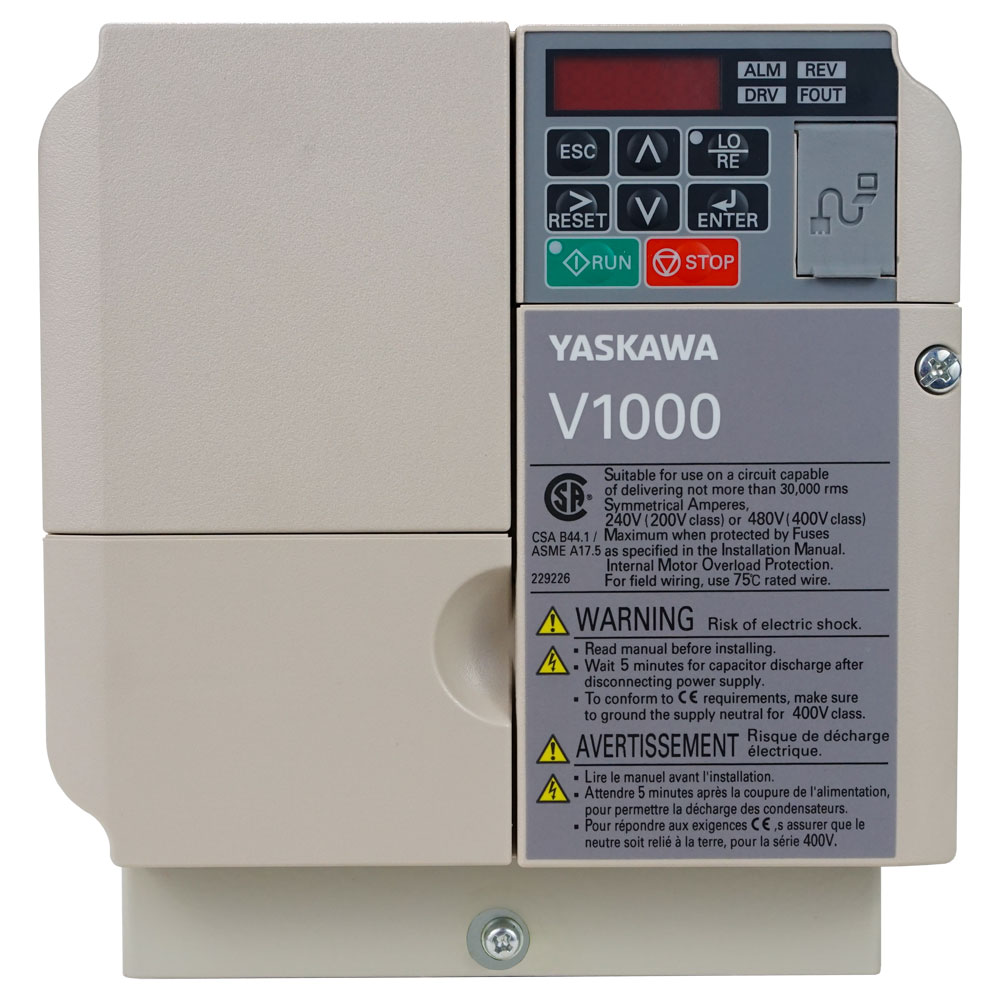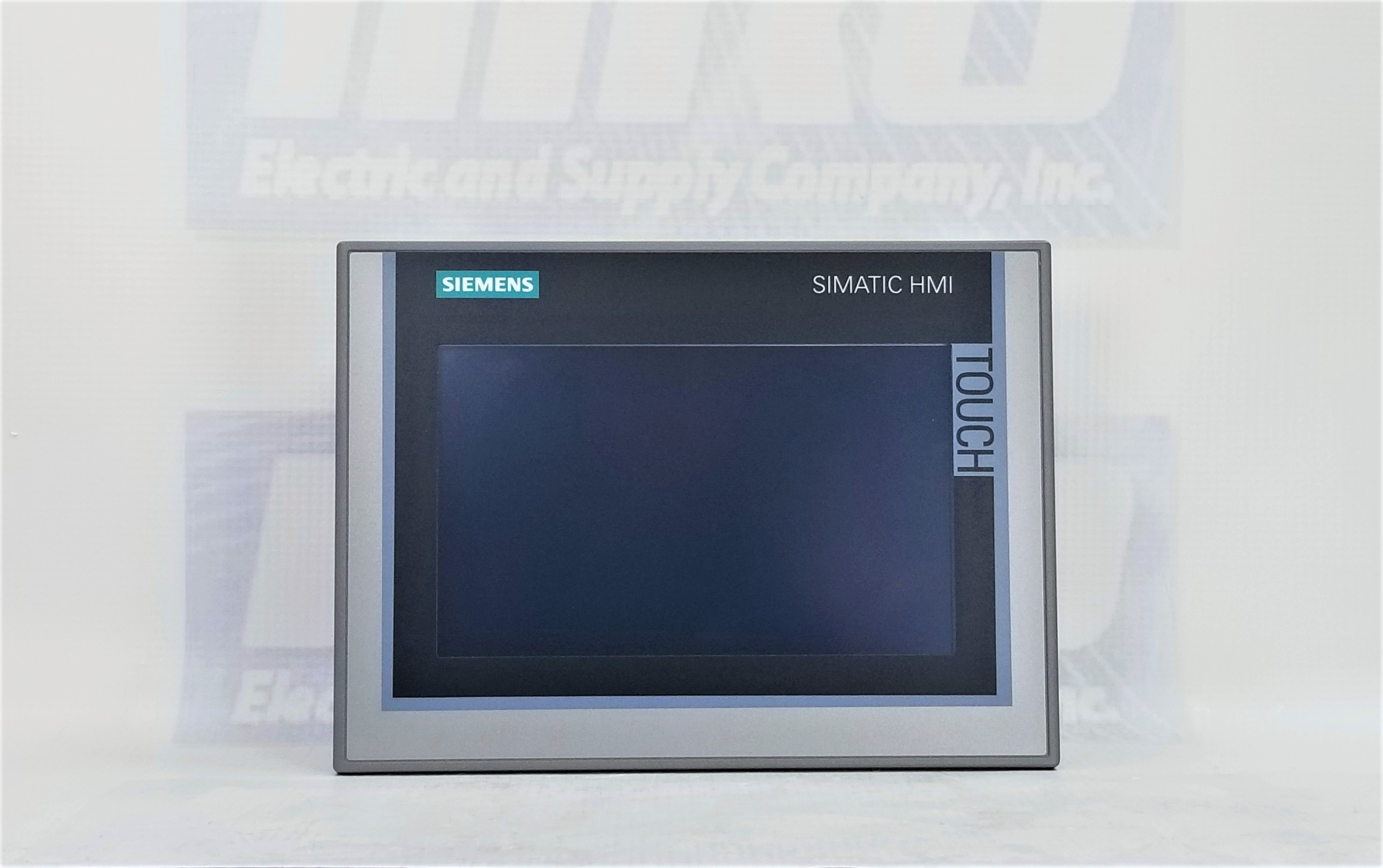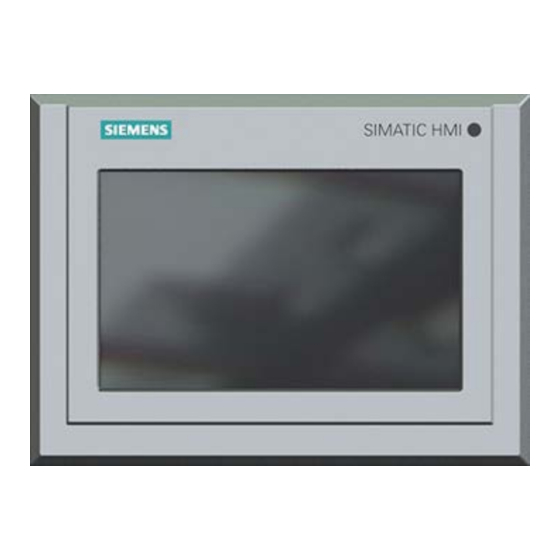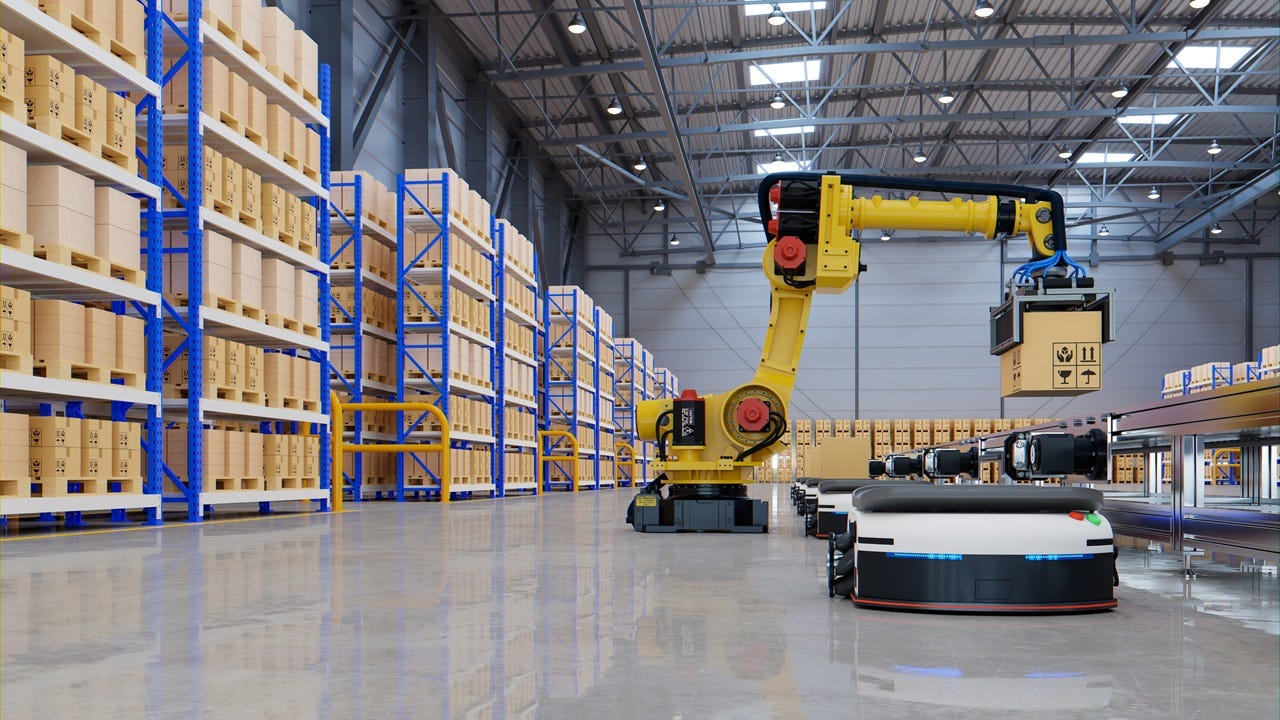In industrial automation, the core of any motion control system is the AC drive. It’s the brain and brawn behind your motors, dictating everything from speed and torque to energy efficiency. If want drive that balances performance with ease of use then the V1000 Series is a solid drive!
Whether you’re an engineer, a machine builder, or a plant manager, understanding the key specifications of your components is crucial. Today, we’re spotlighting the V1000 Series and exploring features that make it ideal for a wide range of applications.
Read more: Key Specs of the V1000 Series AC Drive
The V1000 Series Identity
he V1000 is a compact, versatile, general-purpose AC drive designed for 3-phase asynchronous motors. It’s built to deliver reliable performance in applications like conveyors, pumps, fans, mixers, and packaging machinery. But don’t let its “general-purpose” label fool you—it’s packed with features that punch well above its weight class.

Key Specs of the V1000
Scalability of Power Range
The V1000 is designed for a broad range of standard power supplies, covering 200-240V (single and three-phase) and 380-480V (three-phase) classes. This flexibility makes it suitable for facilities worldwide. Additionally, the power range typically extending from sub-horsepower (e.g., 0.5 HP / 0.4 kW) up to several hundred horsepower (e.g., 100 HP / 75 kW), there’s a V1000 model for both small machines and heavy-duty industrial systems.
Advanced Control Methods
The V1000 features sensorless vector controls, which provides high starting torque (over 150% at 0.3 Hz) and excellent speed regulation without needing a feedback encoder. Perfect for applications requiring high torque at low speeds or improved dynamic response. Along with that, this series offers several pre-set V/f patterns for optimal motor performance.
Integrated Features & Functionality
One of the most defining features of the V1000 is its all-in-one design. The built-in PLC functionality
allows for simple logic operations and timer/counter functions without an external PLC. Automate basic sequences directly from the drive, saving on hardware and wiring costs.
Additionally, this series includes standard built-in communication. This makes it easier for the V1000 to be integrated into a larger control network for monitoring and control from a central SCADA or PLC system. Most models have an EMC filter built in, ensuring compliance with electromagnetic compatibility standards, reducing electrical noise interference and simplifying installation.
Key Enhancements
The V1000 comes with certain key features that result in a more enhanced experience, some examples of these features include:
Auto-Tuning, which means the drive can automatically identify motor parameters (for standard 3-phase motors), optimizing its control performance from the start and ensuring smooth, efficient operation.
A wide speed range, with a speed control range of 1:40 (in V/f mode) and an impressive 1:200 (in Sensorless Vector mode), the V1000 provides precise control across a vast operating window.
Finally, the V1000 has robust protections, which includes comprehensive protection features like overload (150% for 60 seconds), overcurrent, overvoltage, undervoltage, and motor overheating protection, safeguarding your valuable equipment.
Conclusion
In conclusion, the V1000 Series AC Drive is more than just a variable frequency drive. It’s a comprehensive motion control solution engineered for reliability, simplicity, and performance. Its key specs—from its flexible power range and advanced Sensorless Vector control to its game-changing built-in features—make it an incredibly smart investment for optimizing your machinery and processes.
In Need of a V1000?
Ready to experience the V1000 difference? Contact us today to speak with an expert
.jpg)


